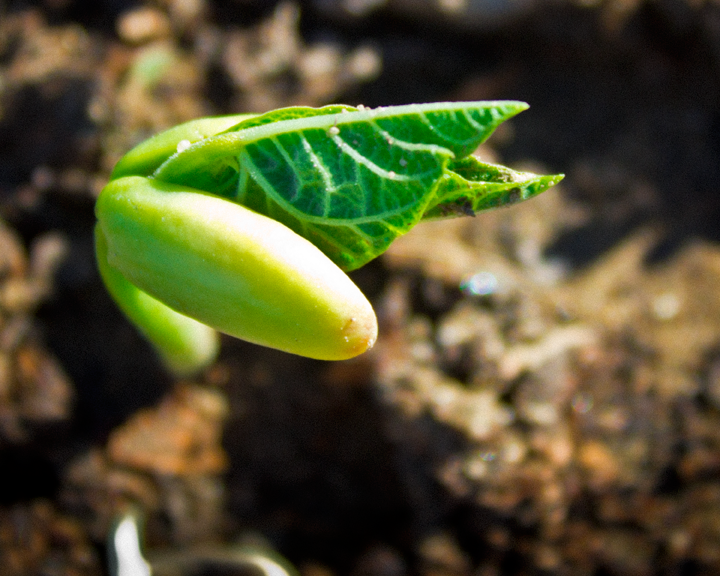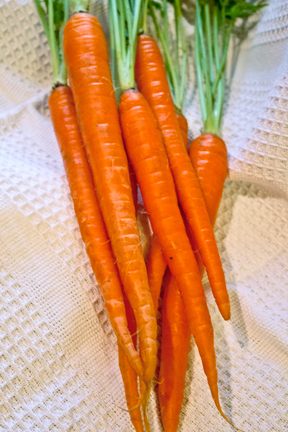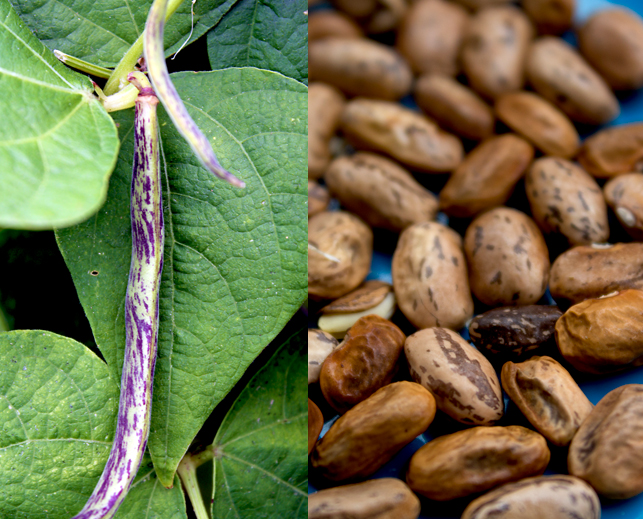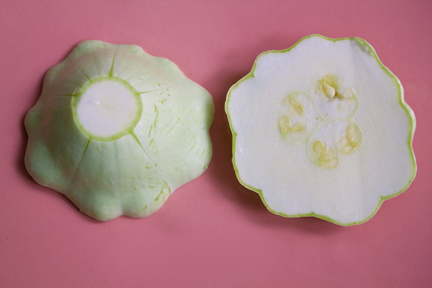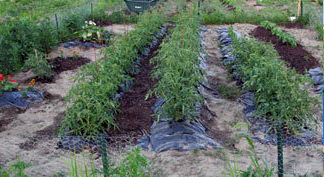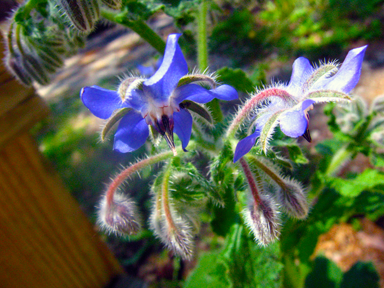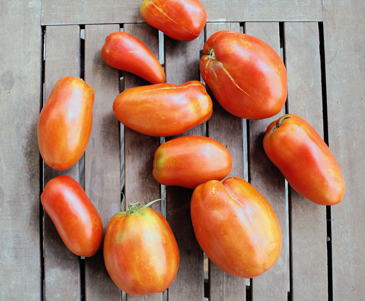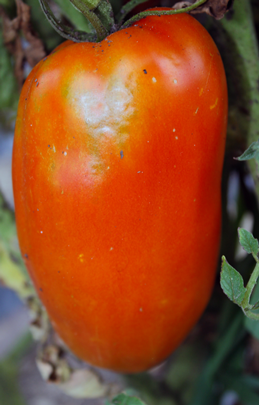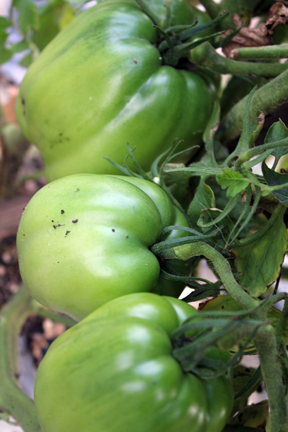Clif Bar Family Foundation, Planting the Seeds for the Future
Sometime the best way to tell a story is tell it straight forward, which in this case is a big challenge since I'm a big fan of the Clif Bar Family Foundation (CBFF) and their outreach, known as seedsmatter.org. I was fortunate enough the meet them at the 2nd Annual Heirloom Expo in 2012, and have been following their work ever since. I encourage that you do also. The mission of the Clif Bar Family Foundation;
Clif Bar Family Foundation supports innovative small and mid-sized groups working to strengthen our food system and our communities, enhance public health, and safeguard our environment and natural resources.
I see the focus on small and mid-sized groups as an effective strategy to build local community groups, and encourage grass-roots organization to change the dynamics of the industrial food complex. I also see it as a reflection of planting and saving open pollinated seeds. When you plant and save open pollinated seeds, you're preserving biodiversity at the local level, you're ensuring local food security, and hopefully, trading seeds with other members in your community to keep open and free access to seeds.
Recently, the CBFF announced the following;
Seed Matters™, an initiative of Clif Bar Family Foundation, today announced four new fellowships totaling $500,000 awarded to Ph.D. students studying organic plant breeding in North Carolina, Texas, Washington and Wisconsin. The five-year grants are designed to help narrow the funding gap between plant biotechnology and organic seed research by supporting the next generation of organic plant breeders.
The four Ph.D. students awarded Seed Matters fellowships include:
Ryan Gregory, whose research at Texas A&M AgriLife Research in Lubbock and Texas Tech University, is focused on breeding cotton for drought and salt tolerance, but is also developing efficient methods for screening conventional and organic cotton for contamination from genetically modified organisms (GMOs);Zachary Jones, whose work at North Carolina State University is breeding organic corn varieties to resist contamination from genetically engineered corn pollen;Claire Luby, who is breeding organic carrots at the University of Wisconsin-Madison and examining the impact of patents on plant genetic diversity; andLouisa Winkler, whose work at Washington State University will involve the breeding of new organic oat and wheat varieties to enhance economic and environmental performance in western Washington.
That's quite impressive to me. For too long the focus of federal funding has been on conventional and genetically modified methods, while organic methods suffers.
It's a fact of life in the USA that we have lobbyists with big money that influence the decisions in Washington, DC. While I doubt the framers of the constitution had them in mind when they granted the right of citizens to petition the government for a redress of grievances, at the same time, citizens who are not lobbyists have the same right. It's time to fight back. For the now the civics lesson is over, and we'll refocus on the funding level with quote from the same blog post from above;
“Plant biotechnology research, primarily focused on developing GMO crops, received $54 million in federal funding over a three year period while only $775,000 went to organic seed research – that’s a disparity of 70 to 1,” said Matthew Dillon, director of Seed Matters. “We want to promote more organic seed research by funding the next generation of plant breeders whose work will help protect organic seed diversity, which is the vital link for healthy and productive organic food systems.”
That funding ratio has to change. I believe it can, and the outreach to small and mid size groups by the CBFF will go along way to making that change happen.


